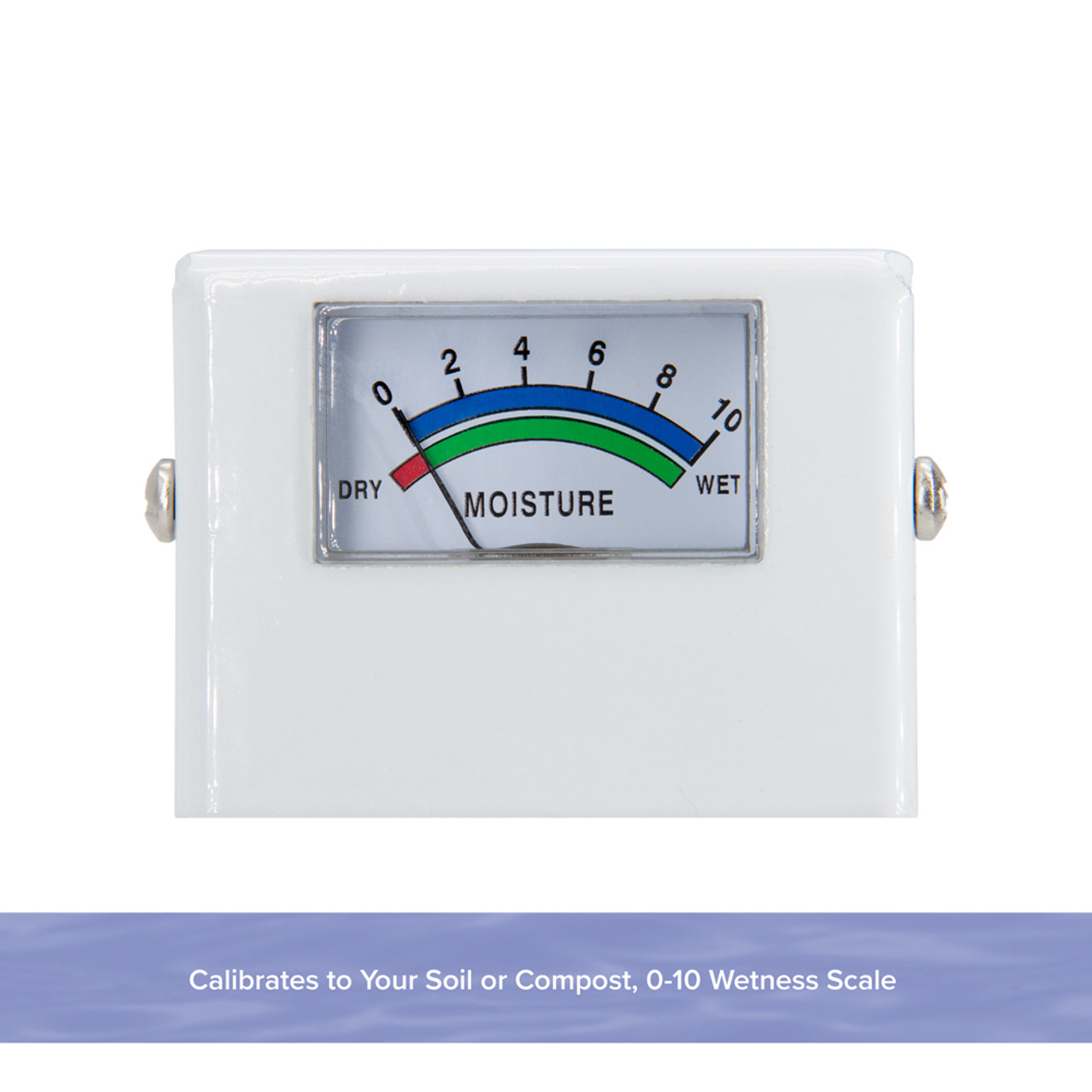Moisture Meter Acquiring Overview: What to Try to find in High-Quality Instruments
Recognizing the Importance of a Dampness Meter in Stopping Mold And Mildew and Water Damage in Your Home
In the world of home maintenance, the presence of dampness can typically be a quiet yet powerful adversary, capable of causing prevalent mold development and insidious water damages if left uncontrolled. Understanding the importance of a dampness meter in this battle is not merely a choice yet a calculated requirement.

Importance of Dampness Discovery
Effective wetness discovery approaches are important for protecting homes and protecting against prospective mold and mildew growth and water damages. Wetness can leak right into numerous building materials, leading to architectural concerns and carcinogen - Moisture Meter. By making use of a dampness meter, homeowner can proactively determine areas prone to excess moisture, permitting prompt intervention and reduction methods
Wetness meters give accurate readings of moisture levels in different materials such as drywall, wood, and concrete. This data aids in pinpointing locations of issue, also in concealed or hard-to-reach locations. Early detection of dampness build-up enables timely fixings or adjustments to avoid further damages.

Exactly How Moisture Meters Work
Dampness meters play a critical duty in the aggressive recognition of excess wetness, assisting in the avoidance of possible mold development and water damages by supplying exact readings of dampness levels in different building products. Some advanced dampness meters incorporate both pin and pinless innovations for comprehensive dampness discovery. Recognizing how moisture meters feature is vital for accurate and timely wetness level analyses, enabling effective preventative actions versus mold and water damage.
Detecting Early Indication
Upon first evaluation of a home, recognizing refined indications of excess moisture becomes crucial in the early detection of potential mold growth and water damage. Some usual early warning indicators include moldy smells, water stains on wall surfaces or ceilings, peeling paint or wallpaper, and distorted or discolored surface areas. Mildewy smells frequently indicate the visibility of mold or mildew, also if no visible indications appear. Water discolorations can signal leakages or seepage, while peeling paint or wallpaper may be a result of dampness endangering the adhesion of these products to the surface. Distorted see this here or blemished surface areas, such as buckling floorboards or stained drywall, are clear signs of water damages. Moisture Meter. In addition, an increase in allergy signs and symptoms or respiratory concerns among residents might suggest the visibility of mold and mildew as a result of excess moisture. By immediately determining and resolving these very early caution indicators, homeowners can mitigate the threat of extensive mold growth and water damage in their buildings.


Preventing Mold Development
Recognizing very early warning indications of excess wetness within a home not just makes it possible published here for punctual discovery of possible mold growth and water damage however additionally offers as an aggressive action in stopping the spreading of mold and mildew. To properly prevent mold growth, it is critical to resolve any sources of dampness without delay.
Keeping track of moisture levels in locations prone to wetness, such as basements and creep areas, utilizing a wetness meter can also assist in early detection of elevated dampness levels and potential mold growth. By taking proactive actions to stop excess moisture and mold and mildew development, homeowners can guard their residential or commercial property and interior air top quality.
Advantages of Regular Tracking
Normal tracking of dampness levels in a residential or commercial property can play a crucial function in keeping a healthy indoor setting and preventing possible mold and water damage. By on a regular basis checking dampness levels, house owners can identify any type of problems without delay and take required activities to stop mold and mildew development and water damage.
Moreover, regular tracking permits house owners to track patterns and trends in wetness degrees over time. Inevitably, the consistent monitoring of moisture degrees empowers property owners to protect their home, protect their health, and preserve the honesty of their interior environment.
Final Thought
In final thought, the usage of a wetness meter is essential in avoiding mold and water damage in homes. By spotting early caution signs of moisture, home owners can take proactive measures to article source protect against mold and mildew growth and costly fixings.
By making use of a dampness meter, home owners can proactively determine locations vulnerable to excess moisture, permitting for timely treatment and mitigation methods.
Moisture meters provide precise analyses of wetness degrees in different products such as drywall, wood, and concrete.Wetness meters play a crucial role in the proactive identification of excess dampness, aiding in the avoidance of possible mold growth and water damages by supplying precise readings of dampness degrees in various structure products. Understanding how moisture meters function is vital for precise and prompt moisture degree assessments, enabling effective preventive steps versus mold and water damages.
Checking wetness degrees in areas susceptible to dampness, such as basements and crawl spaces, using a wetness meter can additionally aid in early discovery of elevated wetness levels and potential mold and mildew development.